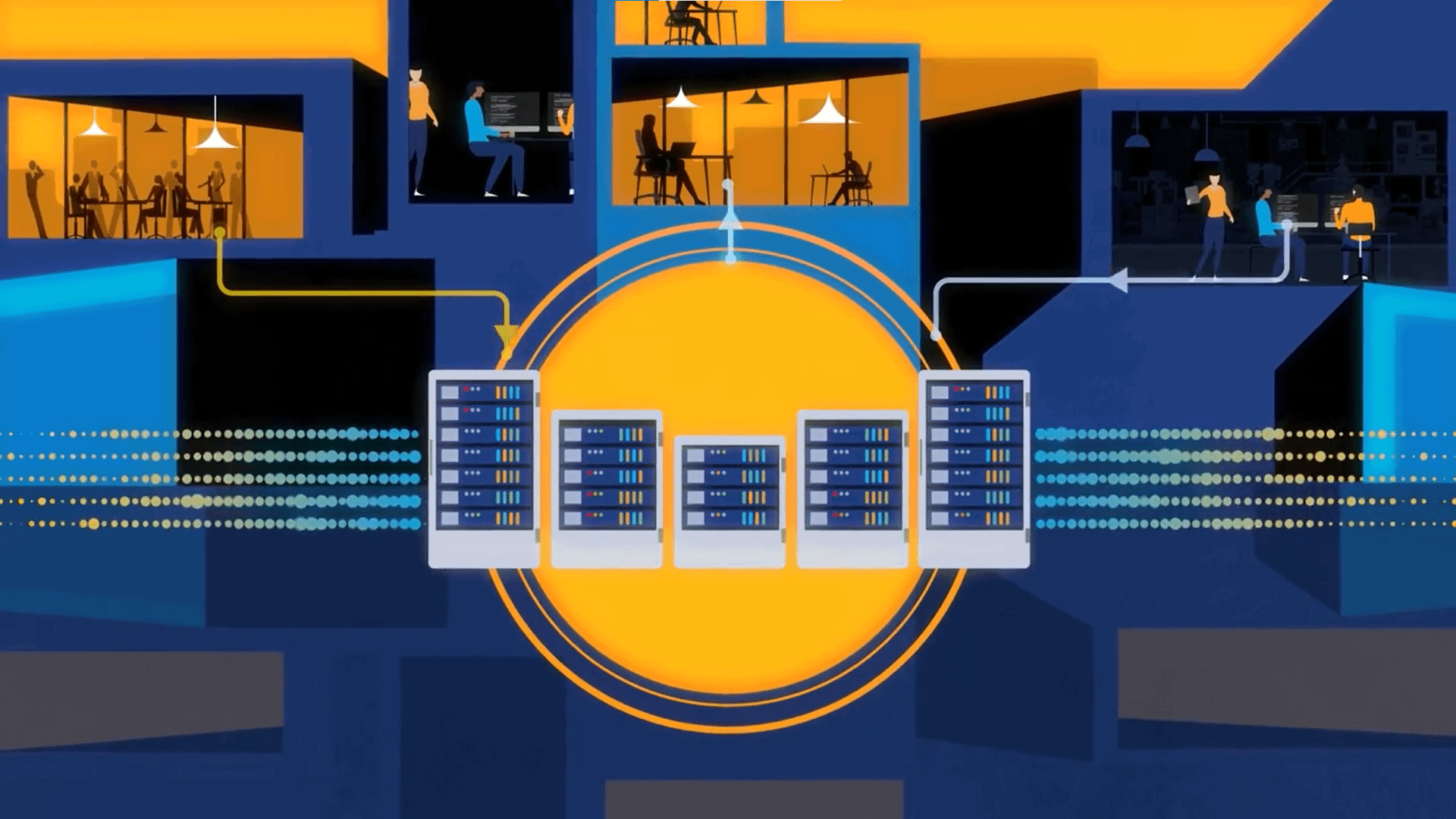
The future of coding is not less human. It is more human, amplified by machines, sustained by creativity, and made meaningful by purpose.
Software now drives nearly every decision in business. Real-time insights, AI-driven automation, and continuous deployment pipelines have transformed how organizations deliver value. Yet developers face a paradox: They are coding and producing more than ever, but many feel less connected to the craft that drew them in.
This tension matters. Retaining top engineering talent is essential for enterprises aiming to realize the full business value of AI. Even as they conduct layoffs, companies like Microsoft, Meta, and Google are making big waves in the fight to hire top talent. But as AI-related pressures mount, work loses meaning, burnout intensifies, turnover rises, and innovation suffers.
The joy of coding isn’t gone, but it is harder to find.
The real challenge isn’t technical, it’s human. Technology has changed the role of developers faster than organizations have updated the expectations, processes, and systems that support them. Closing this gap is essential if enterprises want to sustain both productivity and creativity in an AI-augmented world.
From builders to conductors
In a few short years, the developer’s role has shifted dramatically. AI tools scaffold code, pipelines auto-deploy, and low-code platforms accelerate delivery. Developers no longer write every line of code. Instead, they orchestrate systems. They prompt, review, and direct as much as they create.
Yet the industry often clings to outdated measures of impact. Pull requests and velocity still dominate performance reviews. Creativity is still tied to syntax mastery. Automation is mistaken for improvement. The disconnect leaves developers caught in the middle, accountable for modern outcomes but judged by legacy metrics.
For decades, the joy of coding was synonymous with flow, i.e., immersion in solving problems, refining logic, and watching elegant solutions emerge. That experience hasn’t disappeared, but it has become fragmented.
Context-switching, tool sprawl, notification overload, and now AI-generated suggestions all disrupt focus. When flow breaks, so does fulfillment. Developers aren’t losing joy because machines are better at scaffolding. They’re losing it because organizations haven’t protected what mattered most: time, focus, and ownership.
See also: Vibe Coding: How AI-First Workflows Are Redefining Customer Data Engineering
AI isn’t the enemy of joy. Misuse is
The fear around AI tools is often misdirected. It’s not AI that stifles creativity; it’s poor implementation. When thoughtfully deployed, AI enhances creative work by removing tedious tasks, speeding up discovery, and enabling new ways of thinking. But when introduced without a clear purpose or guardrails, it becomes a source of fatigue rather than inspiration.
AI should be a collaborator, not a replacement. The real opportunity lies in empowering developers to shape how AI supports their work when they have agency, joy returns, not from typing every bracket, but from what those lines of code unlock.
Preserving the joy of coding in an AI-driven, real-time enterprise environment requires more than optimism. It demands system-level change. For enterprises, these shifts include:
1) Redefine the developer role for this era
Stop treating developers as mere builders. They are system designers, AI orchestrators, and platform strategists. Update job scopes, recognition models, and success measures to reflect this expanded role.
2) Treat AI as a creative amplifier
Provide training on prompting and experimenting. Encourage iteration, not just execution. The more input developers have, the more ownership they feel — and the more innovative the outcomes.
3) Modernize metrics and feedback loops
If speed is the only KPI, that’s what teams will optimize. Add metrics that value long-term quality: maintainability, reliability, and developer satisfaction. Balanced scorecards encourage balanced output.
4) Protect time for deep work
Flow cannot survive in six-minute fragments. Reduce notification noise, minimize unnecessary meetings, and invest in developer experience as deliberately as infrastructure.
5) Celebrate invisible contributions
Prompt tuning, debugging AI outputs, and simplifying APIs aren’t glamorous, but they’re essential tasks. Recognizing them validates the creative and technical judgment behind the scenes.
Why it matters for the enterprise
Developers aren’t leaving because they fear AI. They’re leaving because the work no longer feels like their own. That’s more than a cultural issue; it’s a business risk.
High turnover drains institutional knowledge, while low engagement slows productivity. As industries race to embed real-time analytics and AI into their operations, losing key talent can quickly derail transformation efforts.
On the other hand, companies that protect flow, empower creativity, and evolve the role of developers gain more than satisfied employees. They unlock resilient, innovative teams capable of solving harder problems, faster.
To close this gap, organizations must recognize the link between developer engagement and business resilience, in a market where real-time data and AI shape competitive edge, a disengaged engineering team can stall innovation as effectively as a blocked pipeline. But when developers feel ownership, they write better code, surface automation opportunities, spot performance risks early, and adapt systems faster.
In this context, joy is more than a personal feeling. It’s a marker of organizational health. It deserves the same level of attention as uptime metrics or customer satisfaction scores.
As organizations experiment with real-time data pipelines, AI copilots, and continuous deployment models, the question isn’t whether developers can adapt. It’s whether leadership will adapt quickly enough to support them.
The companies that thrive will be those that treat developer experience as a top priority, embedding practices that safeguard creativity and reduce friction in everyday workflows. In an environment where technology cycles are measured in months, not years, failing to prioritize this balance risks leaving both talent and opportunity on the table.
Looking ahead: Joy as a competitive advantage
The joy of coding was never about the mechanics of typing. It was about:
- Solving problems no one else could.
- Seeing logic become reality.
- Creating value with elegance as well as efficiency.
That hasn’t disappeared, it’s just harder to reach through the noise. Preserving it isn’t a nostalgic indulgence. It’s a strategic advantage.
In the next wave of enterprise software, where real-time data fuels decision-making and AI reshapes workflows, the organizations that succeed will protect the human element at the center of it all. Developers who feel empowered, trusted, and inspired will not only code faster, but they’ll build smarter systems, ones that adapt, learn, and scale.
The future of coding is not less human. It is more human, amplified by machines, sustained by creativity, and made meaningful by purpose.






























